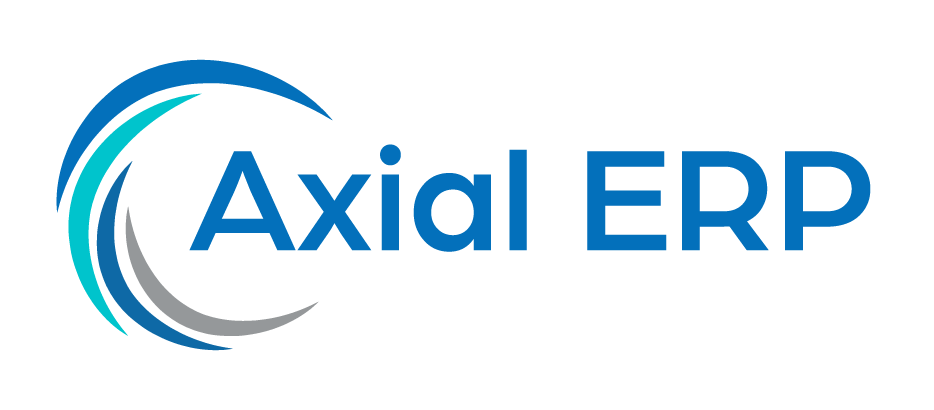Integration of CRM and ERP for a Unified Customer Engagement Vision
In today’s business world, information is power. Companies that successfully integrate their customer relationship management (CRM) and enterprise resource planning (ERP) systems gain a significant competitive advantage. This integration allows for a unified customer engagement vision, resulting in better decision-making and an optimized customer experience.
What is CRM and ERP?
CRM, or Customer Relationship Management, is a system that manages a company’s interaction with its current and potential customers. It uses data analysis on customers’ interaction history to improve business relationships, with a focus on customer retention and ultimately increasing sales.
On the other hand, ERP, or Enterprise Resource Planning, is a type of software that organizations use to manage daily business activities such as accounting, purchasing, project management, risk management, compliance, and supply chain. An ERP solution acts as the central nervous system of a company, integrating all operations and providing a single source of truth.
Benefits of CRM and ERP Integration
Improved operational efficiency: Integration eliminates the need to manually enter data into both systems, reducing errors and saving time.
Enhanced visibility: Unified data offers a complete view of customer activities, from initial contact to post-sales.
Better customer service: With a 360-degree view of the customer, companies can personalize the experience and respond quickly to customer needs.
Informed decision-making: With accurate and up-to-date data, business leaders can make decisions based on reliable and real-time information.
Challenges of Integration
Technical complexity: Integrating two complex systems can be a significant technical challenge.
Resistance to change: Employees accustomed to working with independent systems may resist new integrated processes.
Implementation costs: Integration may require a significant investment in time and financial resources.
Strategies for Successful Integration
To overcome challenges and maximize the benefits of CRM and ERP integration, companies should:
Clearly define integration goals and establish KPIs to measure success.
Select CRM and ERP solutions that are compatible or offer native integration options.
Carefully plan implementation, including data migration and user training.
Involve all stakeholders in the integration process to ensure adoption and commitment.
Use Cases: Real Examples of Integration
The benefits of CRM and ERP integration can be seen in multiple sectors. For example, in the retail sector, integration allows companies to have a complete view of customer buying behavior and manage inventory more efficiently. In the services sector, it helps support teams access customer information and purchase histories, providing a more personalized and effective service.
Conclusion
Integrating CRM and ERP is a crucial step for companies looking to improve their customer relationships and optimize their internal operations. Although it presents challenges, the long-term benefits of a unified customer engagement vision can be transformative for any business.



